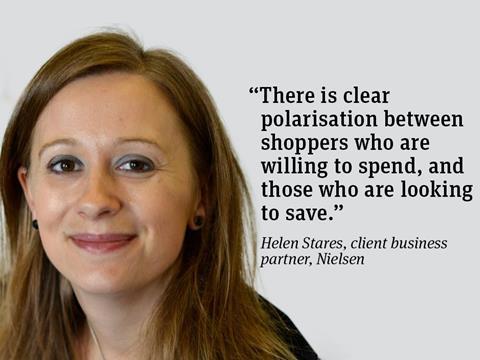
The value of the British off-trade alcohol market continues to grow in the face of a slight downturn in consumer confidence. But that was before Brexit hit. So where now for the future of the category?
Already, retail growth is subdued as households spend less on clothes and food but more on bigger items such as holidays, cars and technology. However, there is clear scope for on-trade sales to grow, as entertainment and eating out are largely unaffected as spending in hotels, bars and restaurants grows more quickly than overall spending.
Making savings on regular groceries means shoppers have a little more spare cash for “treat” items, and alcohol is no exception here. In the year up to the end of April 2016, the British alcohol market showed value growing ahead of volume. This is not just a result of price increases, as 13 of the top 20 brands showed a decrease in the average price per litre compared with a year ago. Growth is also the result of consumers shifting towards premium products, where craft spirits and beer are performing particularly well and at a higher margin.
The biggest contributor to overall alcohol value over the last year has been sparkling wine, a trend we have seen for many years now. Although sales have slowed compared with a year ago, sparkling wine remains the standout performer in the category. Those wanting a glass of fizz are increasingly turning to Champagne, with sales more than doubling compared with this time last year.
Spirits also continue to be an important contributor to overall growth across the category. The driving force behind this is gin, which has doubled its level of absolute value growth compared with a year ago. Gin is also a key player in the important craft spirits market, with the number of new products in this market rapidly increasing alongside strong growth from well-known mainstream products. We can also see the impact of premiumisation in the whisky market, where blended whisky is losing out as malt and imported grow.
In long alcoholic drinks, ales buck the declining trend and are growing year on year, and again, the increasing popularity of craft ales is helping to push the category forwards.
Craft lagers are also in growth, along with world beers, which come at a marked price premium compared with mainstream brands.
So, will these trends continue over the next year and how will consumer confidence impact growth across the market?
Our best estimates include a belief that consumer confidence is likely to continue to decline slightly driven by uncertainty around the nature of the UK’s future relationship with the EU. For the alcohol market this means that the price of goods sourced overseas, such as wine and imported whiskey, are likely to rise. This presents an opportunity for manufacturers and retailers to focus efforts on driving locally produced drinks, likely in the craft sector, by increasing distribution and in-store support. Next year’s 100 Biggest Alcohol Brands will make for very interesting reading.
Helen Stares is client business partner at Nielsen




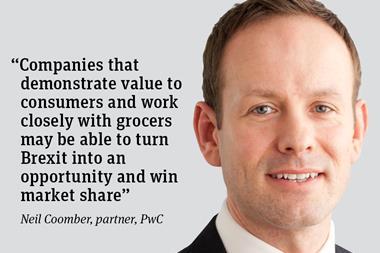
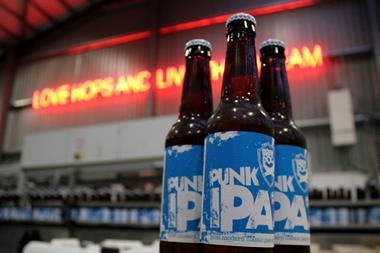
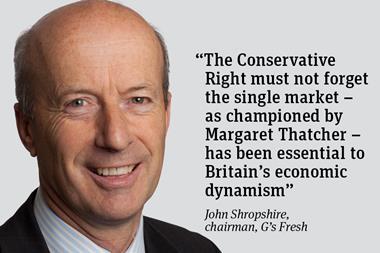

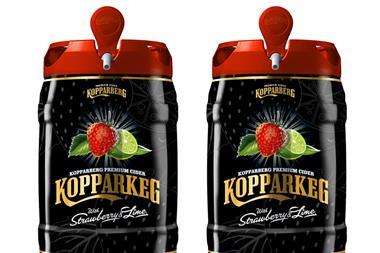


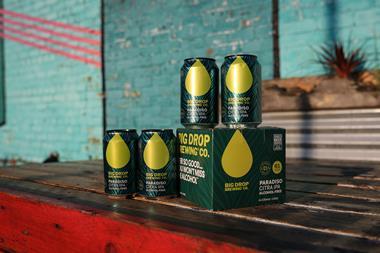
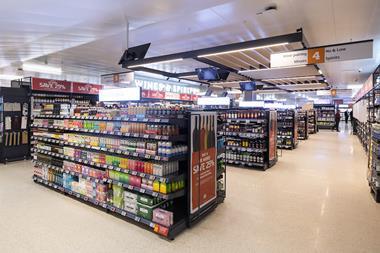
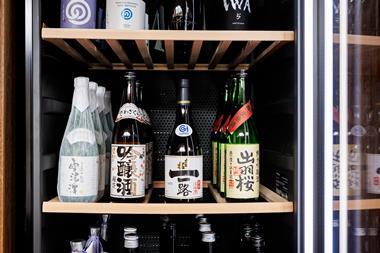
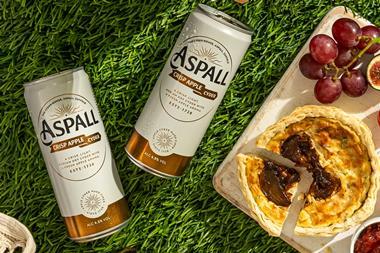
No comments yet